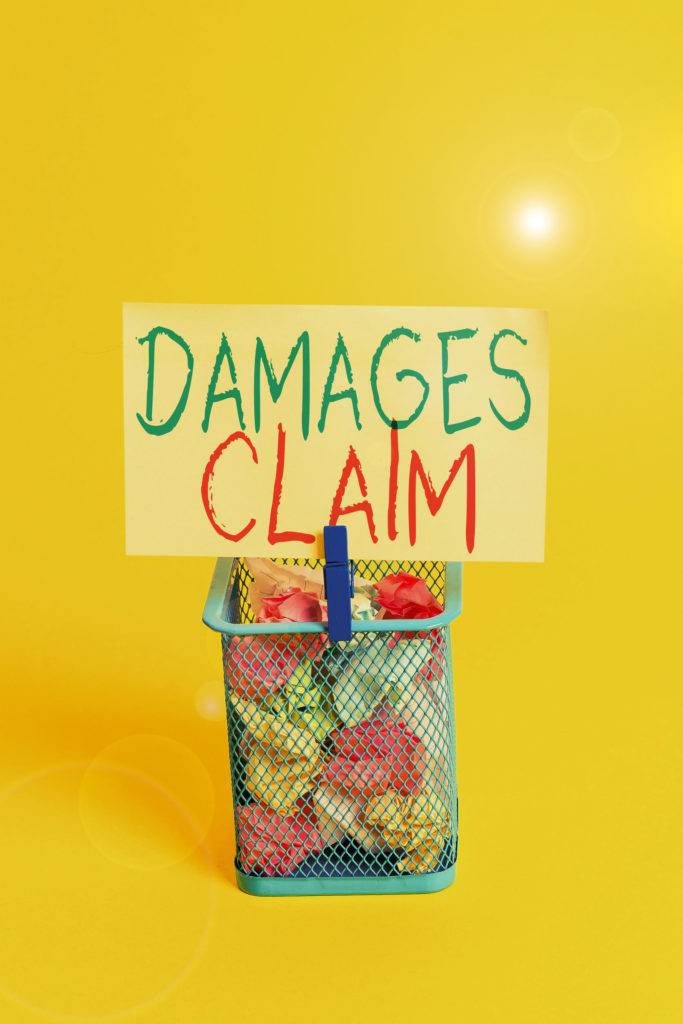It’s a wonderful weekend, your grandchildren are spending Saturday and Sunday with you!
Excited, you get ready to go to the park and put shoes on the four-year-old, while the two-year-old patiently waits his turn. It takes you a bit longer than normal to get the older brother’s shoes on, and when you turn around to help the two-year-old, he has disappeared. Not to worry, as you call for him he toddles out of the bathroom with a big smile on his face.
He sits down and you help put his shoes on. Meanwhile, the four-year-old is frantically searching for Olly, his stuffed bear. You tell him that you will look for Olly when you are back from the park, and off you go!
After a couple of hours you come home from the park, walk through the front door to find water everywhere! What is going on? Where is it coming from?
Stay Calm
You rush through the house, looking for the cause, and peek into the bathroom. The toilet is overflowing and you have no clue why! You get on your hands and knees in the inch of water on your floor to find the turn-off valve.
As you are trying to get a grip on things, you look into the toilet, to see Olly staring up at you, stuck, causing the overflow. You stop, remain calm and process what to do next.
Step One: Get the grandchildren to a safe place out of the water’s reach.
Step Two: Call your insurance agent to file a claim.
Now you’re wondering a million things. Can they get someone there right away to start cleaning? Will there be a place you can stay while the house is getting dried out? Depending on your homeowner policy, you may be surprised at the answer.
It Isn’t Covered In Your Homeowners Policy! Now What?
“What do you mean it isn’t covered? It wasn’t a flood, the water didn’t come from the ground, I shouldn’t need flood insurance for this?” You’re right, this is not a flood. It’s a backup from the sewer or drain, and in most homeowners’ insurance policies, it is not automatically included.
Add The Low Monthly Cost To Your Homeowners Policy To Be Prepared
The good news is, if this hasn’t happened to you, yet, it is very inexpensive to add this to your policy; it’s usually just an additional$20 -$50 per year, depending on your homeowner policy.

Four Simple Ways To Prevent Backups In Your Sewer Line
Water backup occurs when water or water-borne materials back up into your home. This can come through sewers, drains, a sump pump or related equipment.
Some water and sewer backups are unavoidable, but there are some simple things you can do to prevent backups in your sewer line:
- Paper products: Do not flush anything other than toilet paper down your drain.
- Cooking grease: Instead of rinsing grease down your drain, dispose of cooled grease in your garbage.
- Shrub and tree roots: It’s common for the roots of trees and shrubs to make their way into sewer line cracks. Over time, the cracks allow debris to build up. If you have continuing problems with tree roots in your sewer lateral, consider replacing it with a pipe made of plastic.
- Illegal plumbing connections: Connecting flood control systems to your sanitary sewer only spells trouble. Consult a plumber to correct any illegal connections.
And of course the most obvious: Make sure Olly is in sight at all times and review your current homeowner policy regularly.
Disclaimer: The information used in these blogs is for examples only and does not pertain to every situation. All insurance policies are different and tailored to each specific client. Claim details can also change outcomes. In no way do these blogs represent your specific coverage or replace coverage advice from your insurance company/agent. You should always review your entire policy and contact your insurance company and/or agent to verify coverage your policy does and does not cover.
